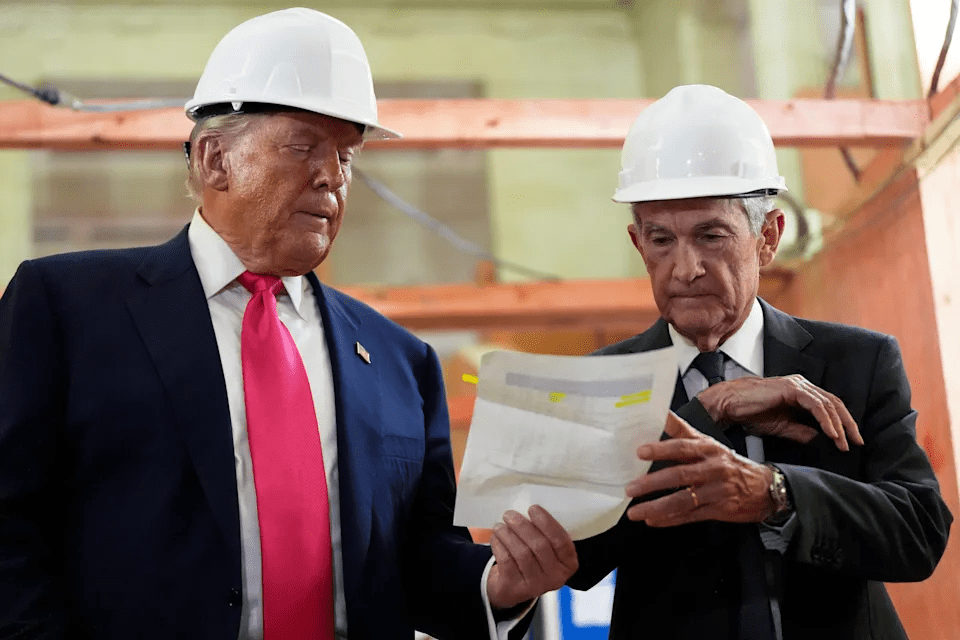When Federal Reserve Chairman Jerome Powell delivers his final speech in Jackson Hole, Wyoming this Friday, investors will be watching to see if he signals a rate cut next month. But Powell may present broader changes to the central bank's dual mandate that will persist even after his term ends next May and become part of his legacy.
Powell will share his forecast regarding the state of the economy at Jackson Hole. He is also expected to present changes in the central bank's policy framework review, which outlines the Fed's strategy and its commitment to fulfilling Congress's mandate to ensure stable prices and maximum employment. In particular, the central bank is expected to abandon the so-called average inflation targeting that was introduced before the pandemic when inflation was low, and Fed leadership sought to avoid deflation.
The strategy indicated that if inflation fell below 2% in previous years, the Fed would allow it to exceed that level in the future, based on the theory of averaging. Given the recent surge in inflation and the risks it poses to inflation expectations and consumer sentiment, the Fed is expected to abandon this approach and focus on a target inflation rate of just 2%.
Powell signaled changes in his speech in May.
"During our discussions, participants indicated that they found it appropriate to revisit the wording regarding the deficit," Powell said. "And at our meeting last week, we held a similar view on average inflation targeting."
Some Fed experts believe that the Fed's strategy of keeping inflation slightly above 2% to offset previously lower inflation partly led to the central bank's delayed interest rate hikes after the sharp rise in inflation following the pandemic. The notion of transitory inflation caused by supply chain disruptions led the Fed to raise rates at the most aggressive pace since the 1980s.
"While the adoption of the new system in 2020 was not the main reason for the Fed's delay and significant inflation overshoot, it contributed to that outcome," said Matt Luzzetti, chief economist for Deutsche Bank in the U.S. Luzzetti expects Powell's speech to return to a more proactive monetary policy strategy, as well as an acknowledgment of supply shock risks and a return to a balanced view on inflation and the labor market.
James Fishback, CEO of hedge fund Azoria, agreed, noting that Chairman Powell should acknowledge what he calls a "mistake" of average inflation targeting, comparing it to rushing into an emergency room with a temperature of 110 degrees and being told that doctors will not treat you because your average body temperature over the last two weeks was a healthy 98 degrees.
"The great inflation of 2021-2022 did not start in the supermarket or at the gas station, but in August 2020 in Jackson Hole, Wyoming," said Fishback. "In his new framework review announced on Friday, Chairman Powell must acknowledge the tragic mistake of flexible average inflation targeting and remove it from the Federal Reserve's program if it wants to fulfill its dual mandates in good faith."
In his May speech, Powell noted that inflation could become more volatile in the future than it was in the 2010s, and that the U.S. may be entering a period of more frequent and potentially longer-lasting supply shocks.
"The economic environment has changed significantly since 2020, and our review will reflect our assessment of those changes," Powell said in his May speech.
Powell also emphasized the need to improve the Fed's official communications regarding monetary policy, particularly concerning the role of forecasts and uncertainty. Investors will be watching to see if the Fed makes changes to its quarterly "Summary of Economic Projections," which includes the famous "dot plot"—a summary of each Fed member's expectations for interest rates for the current year.


